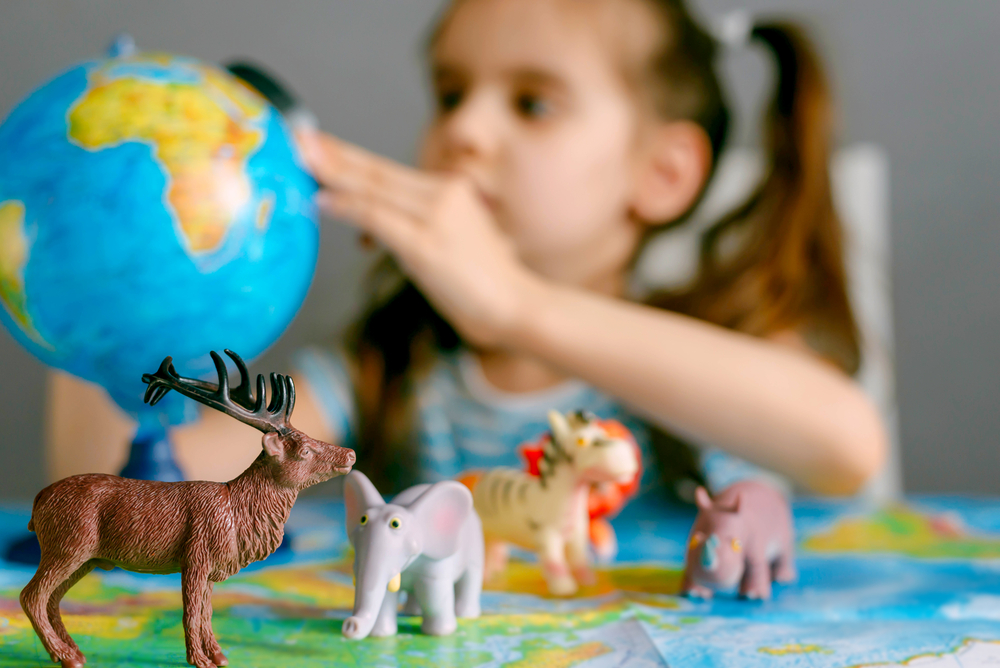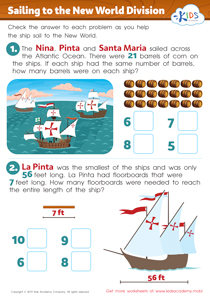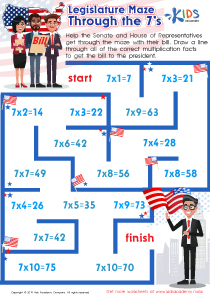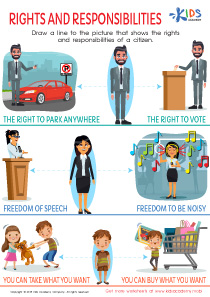Map reading Normal Geography Worksheets for Ages 6-8
3 filtered results
-
From - To
Explore our engaging "Map Reading Normal Geography Worksheets" designed for kids aged 6-8! These worksheets make learning about maps fun and interactive, helping young learners develop essential skills in geography. Your child will master reading maps, identifying directions, and understanding symbols through colorful activities and easy-to-follow exercises. Perfect for home or classroom use, these resources are tailored to enhance critical thinking and spatial awareness. Foster a love for exploration and geography in your child with our expertly crafted worksheets. Start the adventure today—download our free printables and watch your little one's confidence soar as they chart their way through the world!
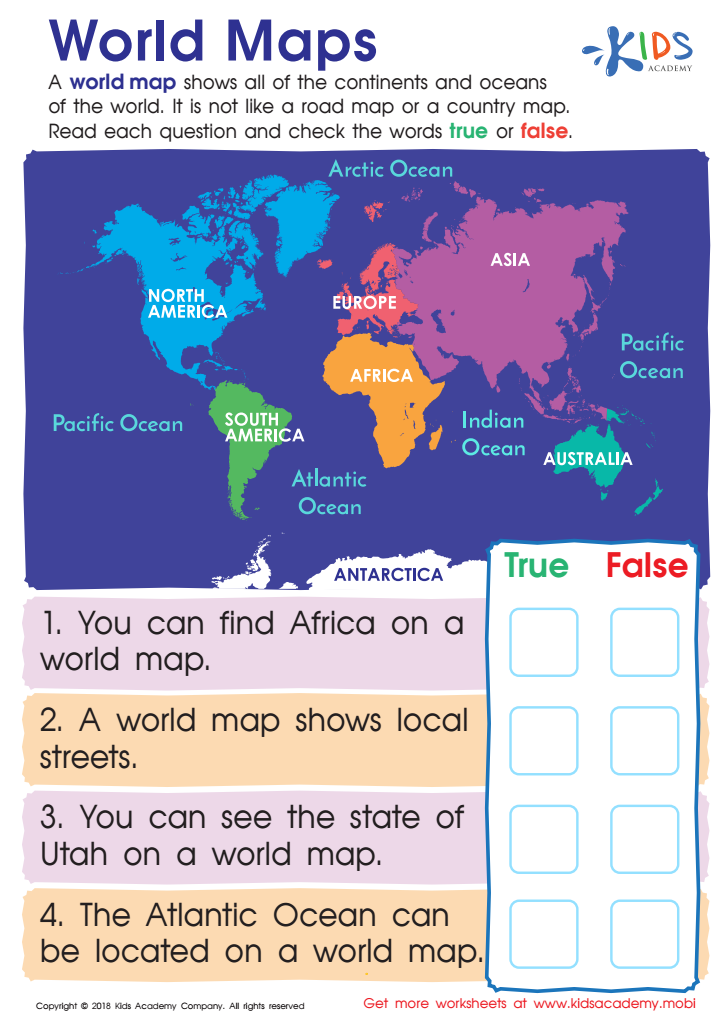

World Maps Worksheet
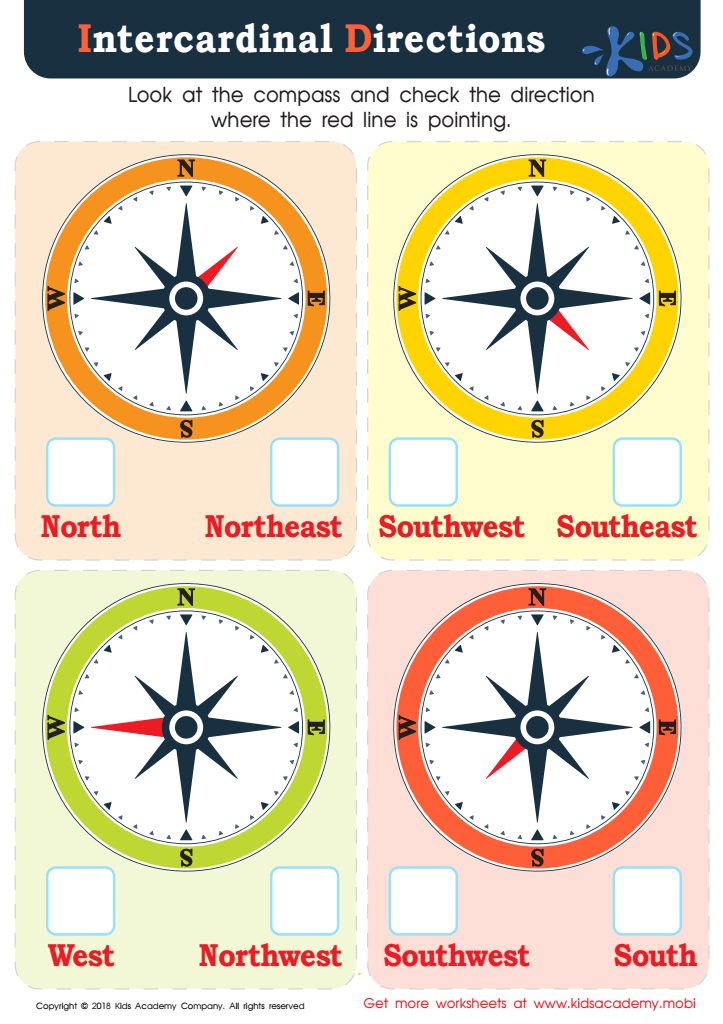

Intercardinal Directions Worksheet
Map reading and understanding basic geography are essential skills for children aged 6-8. At this stage, they are developing their cognitive abilities and exploring the world around them, making it an ideal time to introduce them to these concepts. Parents and teachers should care about teaching map reading because it fosters spatial awareness, critical thinking, and decision-making skills.
Learning to read maps helps children navigate their environments and build confidence in their ability to explore. It is not just about geographical locations, but also about understanding symbols, scales, and directions, all of which enhance their mathematical reasoning and problem-solving skills.
Moreover, geography encourages curiosity about different cultures, landscapes, and ecosystems, promoting a sense of global citizenship. When children learn to appreciate diverse places and people, they develop empathy and broaden their worldview.
Incorporating map reading into lessons provides active learning opportunities, engaging children through hands-on activities. By showing a fundamental interest in geography, parents and teachers equip children with practical skills that will be invaluable throughout their lives, fostering an adventurous spirit and encouraging lifelong learning. Ultimately, these early skills create a strong foundation for future academic success and personal growth.
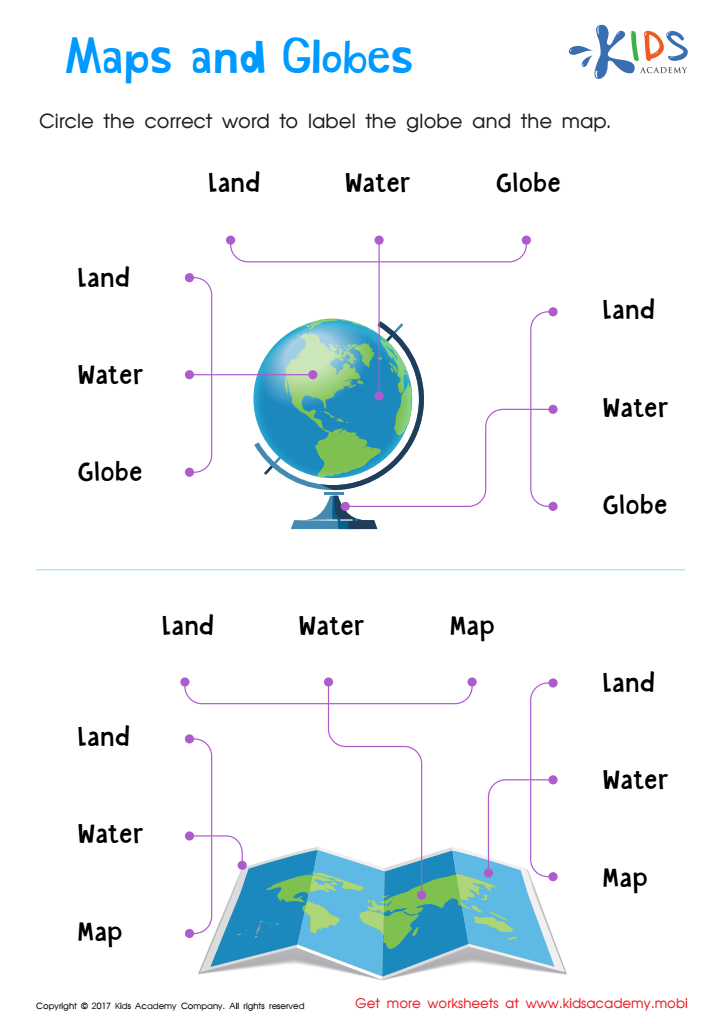
 Assign to My Students
Assign to My Students




